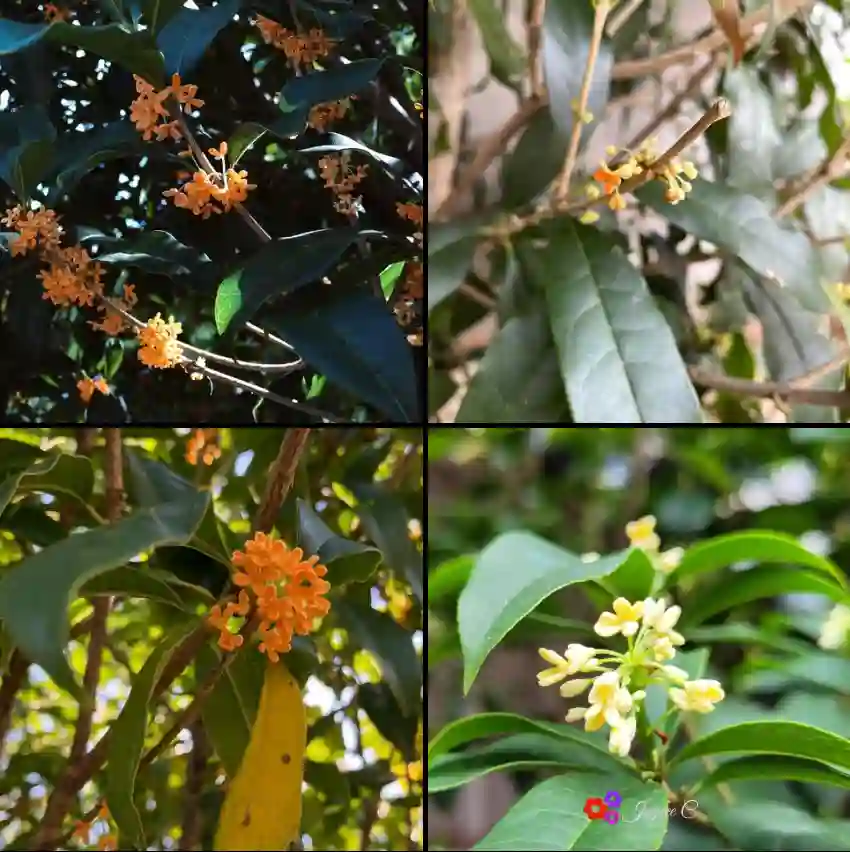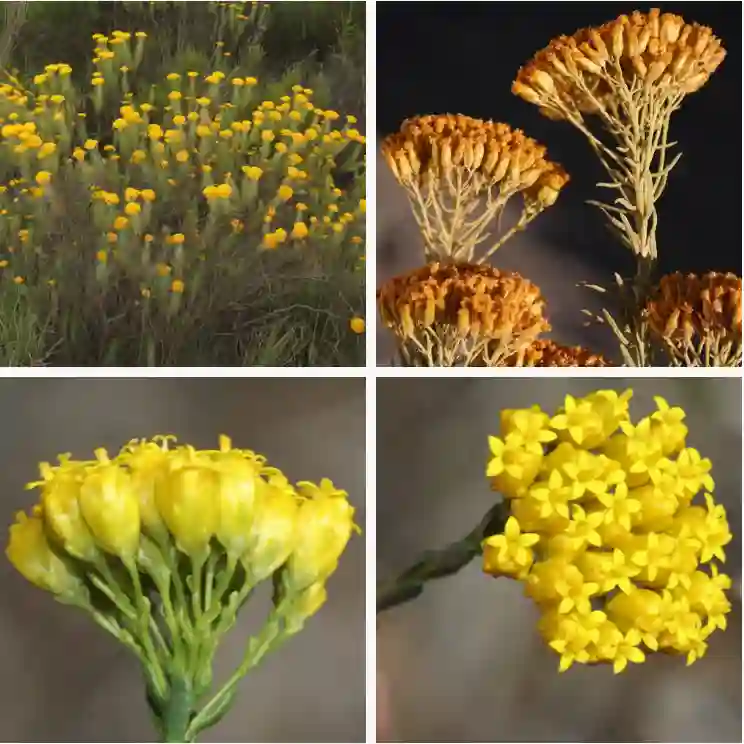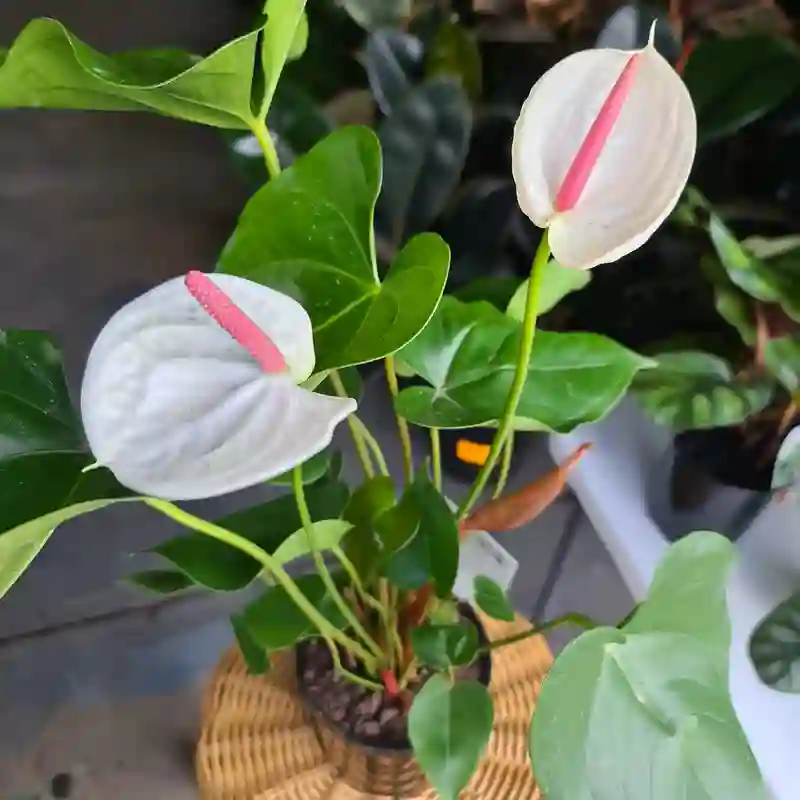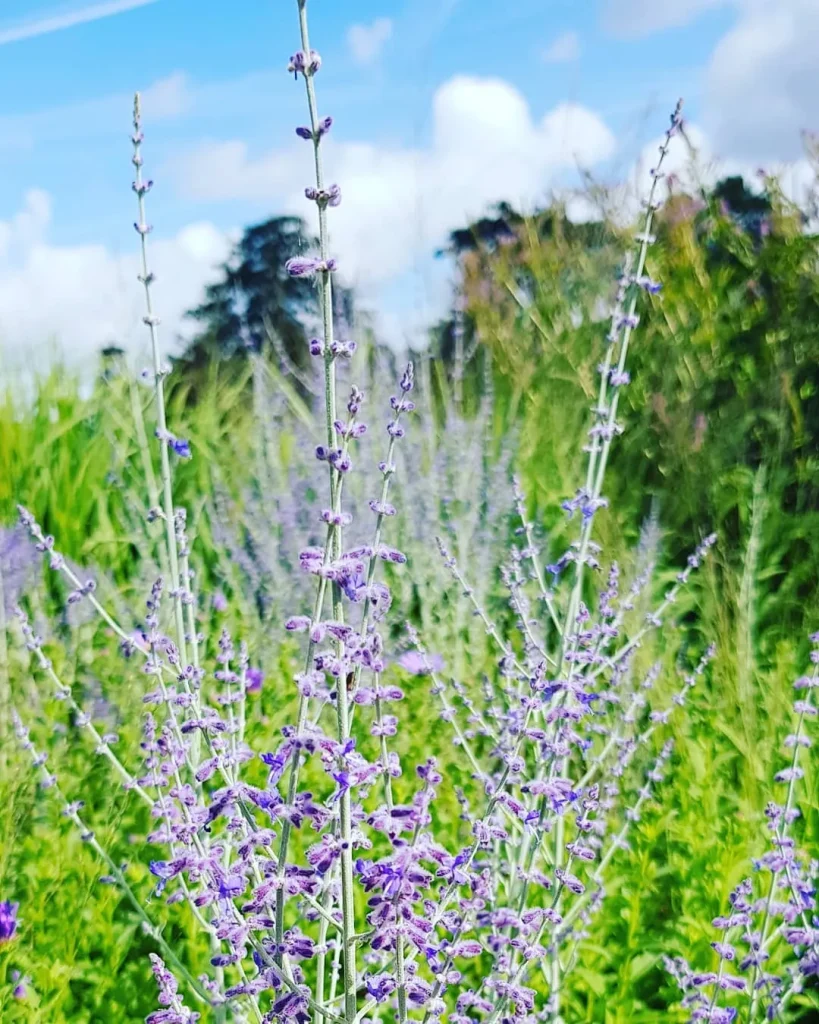The Allure of the Peperomia Fraseri: A Low-Maintenance Beauty
For those seeking a touch of elegance in their indoor space, the Peperomia Fraseri, or Flowering Peperomia, is a captivating choice. This compact plant boasts a unique charm, with its glossy, heart-shaped leaves and occasional white flower spikes. But beyond its aesthetics, the Peperomia Fraseri offers a surprising amount of resilience, making it ideal for even the most forgetful plant parent (like myself, sometimes). In this article, I’ll delve into the world of this delightful little plant, sharing my experiences and insights on caring for it.
1424 Species in Genus Peperomia
What is Peperomia Fraseri?
The Peperomia Fraseri hails from the Piperaceae family, sharing some distant kinship with peppercorns. Its native habitat stretches across Colombia and Peru, with introductions to Ecuador and Guatemala. This small shrub thrives in warm, humid environments, making it perfectly suited for most indoor settings.
Where to Find Peperomia Fraseri?
Finding a Peperomia Fraseri can be a delightful treasure hunt. Local nurseries and garden centers are often your best bet. They may not always carry it, but inquiring with staff can lead you in the right direction. Online retailers specializing in houseplants are another great option, offering a wider selection and convenient delivery. When choosing your Peperomia Fraseri, inspect the leaves for any signs of damage or discoloration. Opt for a plant with firm, healthy foliage and a well-developed root system.
What Pollen Vectors Does Peperomia Fraseri Use?
The Peperomia Fraseri’s white flower spikes, while aesthetically pleasing, are not particularly showy. This subtlety extends to its pollination strategy. Unlike many flowering plants that rely on vibrant colors or strong scents to attract pollinators, the Peperomia Fraseri takes a more understated approach.
The exact method of pollination for the Peperomia Fraseri remains a subject of some debate. Some theories suggest that small flies or gnats might be responsible, attracted to the subtle fragrance or the sugary secretions of the flowers. Further research is needed to definitively identify the Peperomia Fraseri’s pollen vectors.
How to Care for Peperomia Fraseri?
The Peperomia Fraseri’s low-maintenance nature is one of its most endearing qualities. Here are some key things to remember:
- Light: The Peperomia Fraseri prefers bright, indirect sunlight. Avoid harsh afternoon sun, which can scorch the leaves.
- Water: This plant thrives on a “less is more” approach to watering. Allow the top inch of soil to dry out completely before watering again. Overwatering is a common culprit for Peperomia Fraseri problems.
- Soil: A well-draining potting mix is essential. A cactus or succulent mix is a good option.
- Temperature: The Peperomia Fraseri appreciates warmth, ideally between 65°F and 80°F (18°C and 27°C). Avoid exposing it to drafts or sudden temperature fluctuations.
Propagating the Peperomia Fraseri: Sharing the Joy
The Peperomia Fraseri’s ease of care extends to propagation. Stem cuttings are the most common method. Simply snip off a healthy stem tip with a few leaves, allowing the cut end to callous over for a day or two. Plant the cutting in a moist, well-draining potting mix and keep it in bright, indirect light. With patience and proper care, you’ll soon have a new Peperomia Fraseri to grace your space or share with a friend.
Finding the Perfect Companions: What to Plant with Your Peperomia Fraseri
The Peperomia Fraseri’s compact size and understated elegance make it a versatile companion for other houseplants. Consider pairing it with:
- ZZ plant (Zamioculcas zamiifolia): Another low-maintenance option with deep green, glossy foliage.
- Snake plant (Sansevieria trifasciata): A drought-tolerant succulent with upright, architectural leaves.
- Air plants (Tillandsia spp.): These require no soil and add a whimsical touch to any arrangement.
By combining these plants, you can create a visually striking and easy-to-care-for indoor garden.
The Peperomia Fraseri has become a cherished member of my indoor plant collection. Its low-maintenance nature and captivating beauty make it a constant source of joy. With a little care and attention, you too can cultivate this little gem and bring a touch of the tropics into your own home.
If i die, water my plants!



